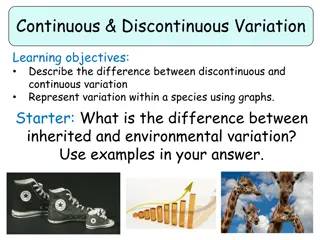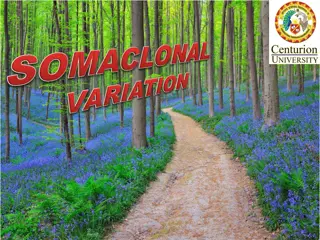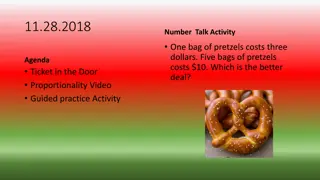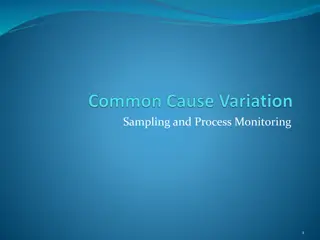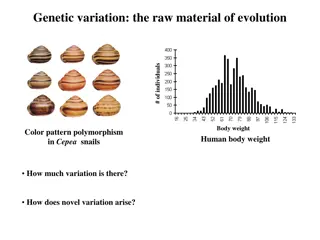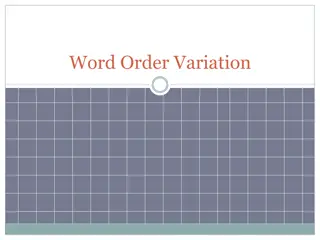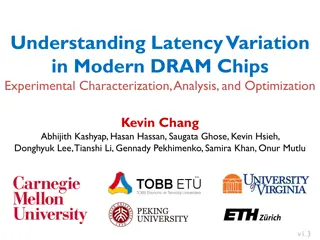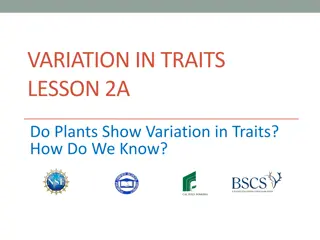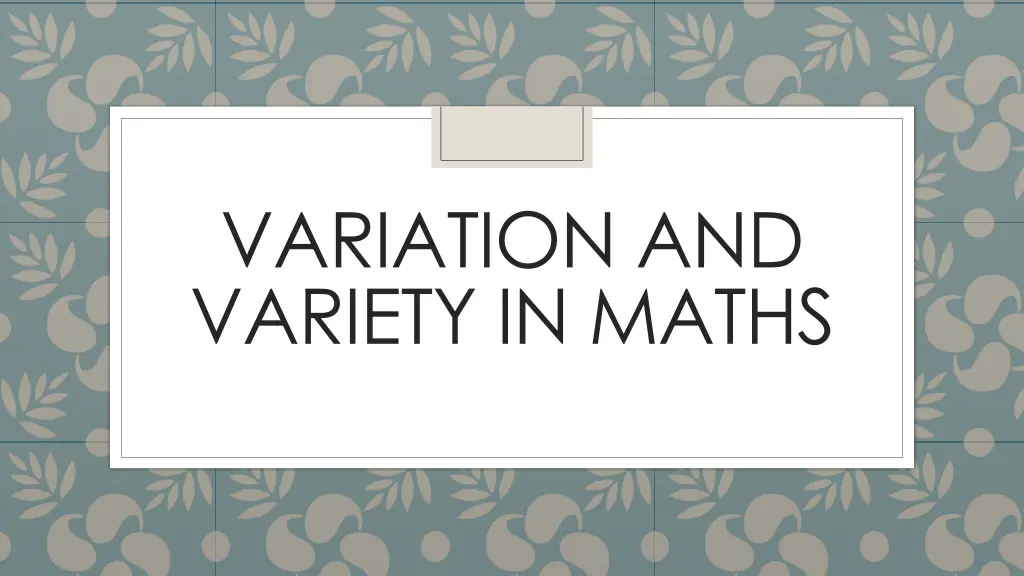
Understanding Math Through Variation and Variety
Explore the concept of variation in mathematics through carefully chosen examples and activities. Enhance children's understanding by presenting standard and non-standard geometric shapes, 2-digit numbers with 1-digit numbers, and more. Encourage critical thinking by identifying patterns, shapes, and properties in different math contexts.
Uploaded on | 1 Views
Download Presentation

Please find below an Image/Link to download the presentation.
The content on the website is provided AS IS for your information and personal use only. It may not be sold, licensed, or shared on other websites without obtaining consent from the author. If you encounter any issues during the download, it is possible that the publisher has removed the file from their server.
You are allowed to download the files provided on this website for personal or commercial use, subject to the condition that they are used lawfully. All files are the property of their respective owners.
The content on the website is provided AS IS for your information and personal use only. It may not be sold, licensed, or shared on other websites without obtaining consent from the author.
E N D
Presentation Transcript
VARIATION AND VARIETY IN MATHS
Variation Careful choice of what to vary Careful choice of what the variation will draw attention to Based on misconceptions and prior knowledge of the child/children you are working with
2 digit number plus a 1 digit number *All are 2 digit plus 1 digit Set 1 42 + 3 57 + 8 87 + 1 35 + 1 *The second set all intentionally cross a tens barrier Set 2 49 + 4 27 + 8 12 + 9 66 + 5
Triangle or not a triangle *All have aspects of a triangle *Not all full polygons
Standard or non standard? Children s understanding can be limited by not exposing them to enough variation in lessons, this is true mastery and deepening. Over half of 8 year olds did not recognize the top images as examples of: right angles, triangles, a square or parallel lines.
Parallel or not parallel? Look at the two images: What is the same? What is different?



